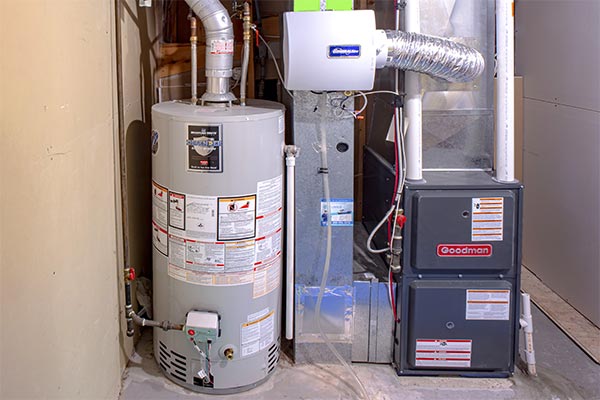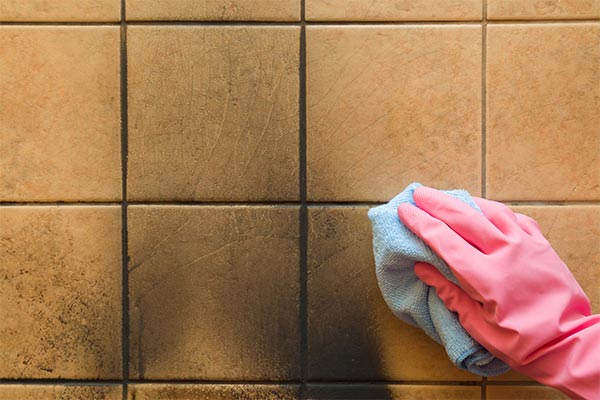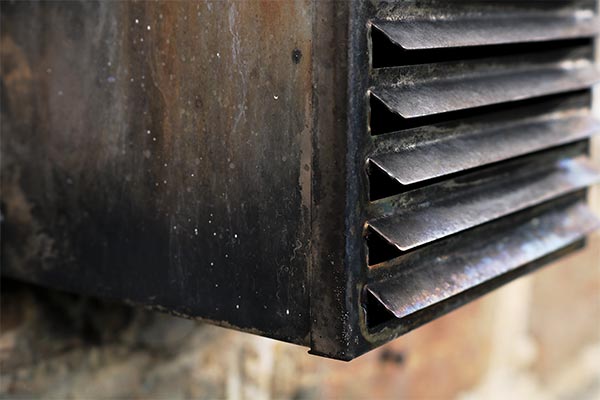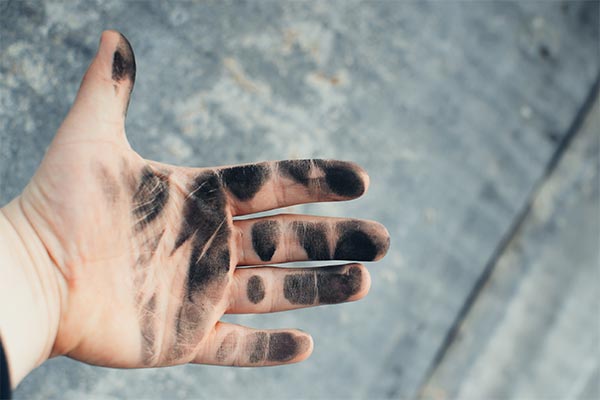In this comprehensive post, we'll go over;
What is a Puffback, Everything you need to know!
You'll learn;
- What a puffback is.
- What causes a puffback.
- How to prevent puffbacks.
So if you've ever asked yourself any of these questions, you'll love this post!

New York is known for its crazy weather and days when all 4 seasons are experienced over the course of just a few hours. There are times when the heat doesn’t get turned back on until November, and other times when it needs to be turned on in early September. Whenever people decide to turn their heat back on, there are several months between the shut-off and turn on.
That first time getting your heating systems fired back up can often cause trouble. Common issues can include the pilot light being out, the furnace isn't giving off enough heat, the blower fan isn’t working, or the furnace is constantly running and not shutting off.
Another problem that can occur is a puffback, and many people have never heard of it. Keep reading to find out what a puffback is, how it occurs, and what to do about it.
What is a Puffback?

When a furnace or boiler does not light correctly, which eventually allows gas and oil fumes/vapors to build up inside the combustion chamber. The fumes can ignite which causes something like a backfire. Imagine when a car exhaust system backfires, you see a plume of smoke come out of the exhaust pipe. That is similar to a puffback, except it happens within your home.
With a furnace puffback, soot is spread throughout your home via the HVAC system or baseboard heat registers. If you have an oil furnace and a central or forced air system, the mess can be much worse. The ductwork for the system will also be covered in smoke and soot.
Depending on how much of the combustion gases have built up, the puffback could result in a small explosion sending large amounts of soot throughout your entire home. In addition to the soot, you will also have a strong scent of oil (if you have an oil-fired heating system) throughout your home.
The puffback may occur all at once, or it may be a slow release of soot. With slow releases, it may be more difficult to know what is happening. The soot can look like regular dust, however, no matter how much you clean, it keeps coming back within a few hours. Large bursts of soot will affect more than just the ceilings or walls.
You might find it on carpets, curtains, furniture, and cabinets. With puffback soot from an oil burner, fabrics may become sticky because the soot is mixed with oil causing cleaning challenges. But don’t worry, Rock Emergency has been professionally trained in restoring your home after a puffback.
Common Causes of a Puffback
The main reason a puffback can occur is when a furnace has not been properly maintained. There is always normal wear & tear that occurs, so annual inspections are important. However, if you have had a puffback scenario, there are other possible causes you can check out below.
- Burner is Clogged - Dust, dirt, residue, or rust can clog the burner and allow for a misfire. This allows fuel to accumulate in the combustion chamber.
- Chimney or Exhaust is Clogged - Again, dirt, dust, residue, and rust can cause a venting issue. When fumes can’t vent properly, it will change the pressure in the furnace resulting in a buildup of fumes, thus creating a puffback.

- Heat Exchanger Cracks - Similar to other clogging issues, combustible gases are not properly vented and can change the pressure causing the flame to go out. When ignited again, the fumes can also ignite causing a puffback.
- Ignition Failure - If the pilot doesn’t light, and you manually reset the furnace too many times, the fumes can build up in the chamber. Once ignition happens, a puffback may occur.
- Damaged Fuel Nozzle - If the nozzle is clogged or cracked, it can cause an excess buildup of fuel. Once the furnace ignites, a puffback can occur.
Best Way to Prevent a Puffback
Currently, there is no guaranteed way to ensure a puffback does not occur. The best way however is to get annual inspections and keep up on maintenance. Other ways can help you determine something is going on that could cause a puffback to occur. Check them out below.
Oil or Fuel Leaks - Check for visible leaks on or around the furnace. This includes fittings and pipe connectors. Excess fuel could result in combustion or ignition resulting in a puffback.
Loud Noises - A loud puff or banging sound when turning on the furnace may result in a puffback. Usually, these are small puffbacks and eventually lead to a larger more damaging puffback. Additionally, if you are hearing a rattling or vibration sound after it has turned off could mean there is fuel leaking into the combustion chamber.
Presence of Soot - If you notice soot on the floors or walls where your furnace is, there may be an issue with a puffback occurring. There may be a clog somewhere or something else that isn't working properly.
Strong Odors - A strong odor of oil or gas can be an indicator of your furnace not working properly. Gas furnaces are less likely to have a puffback scenario since the gas can dissipate quicker than oil, but it can still happen.
What You Should & Shouldn’t Do if a Puffback Occurs

Do’s
- Take photos of any damage from the puffback soot. This could include the soot on ceilings, floors, or walls. Photos of the furnace area would also be helpful for your insurance company.
- If you had any food out, regardless of where it is, it should be thrown away. Soot particles travel and could contaminate any food left out.
- Call your insurance company and see what may be covered relating to the damage caused by the puffback as well as repairs to the furnace.
- Call for repairs on your furnace or boiler. If it is not fixed, it will continue to malfunction creating more problems for your home.
- Call Rock Emergency for professional cleaning services related to the puffback. Soot and oil can be difficult to clean and needs to be cleaned immediately to prevent further damage. With a puffback, there are bad odors that can be spread throughout your home, Rock Emergency is also able to deodorize your home as well.
Don'ts
- Don’t wait to get repairs or cleaning. Putting either off can result in further spread and damage.
- Unless you are a certified HVAC technician, don’t try to diagnose or fix the furnace problem yourself. Call a technician.
- Try not to touch, clean, or wash the soot from surfaces or fabrics. Touching things in your home will only spread the soot even more than it already has. Additionally, regular household cleaners tend to smear or embed soot particles, making things worse. Carpets and upholstery should also be left to the professionals at Rock Emergency to clean.
Why Choose Rock Emergency
Rock Emergency has been a leader in the Fire Restoration industry for 15+ years. With fire comes soot, so we are all too familiar with the process to restore your home. Our full restoration service includes full cleaning and deodorization of your home.
We will also do our best to restore your belongings that have been affected by the puffback. This may include furniture, electronics, dishes, clothing, and more. Even better, we will work with your insurance company so you don’t have to. This situation can be frustrating, but we are here with you every step of the way to get your home back to normal!
If you have experienced a puffback, or aren’t sure, give us a call and we will come and take a look! Remember, we’re in this together!
Share this Post
